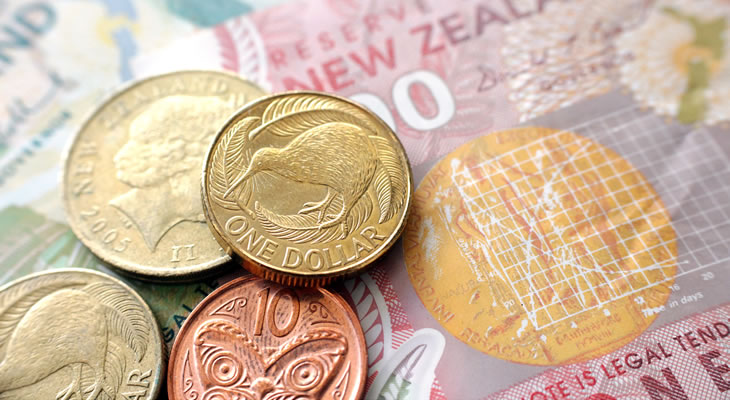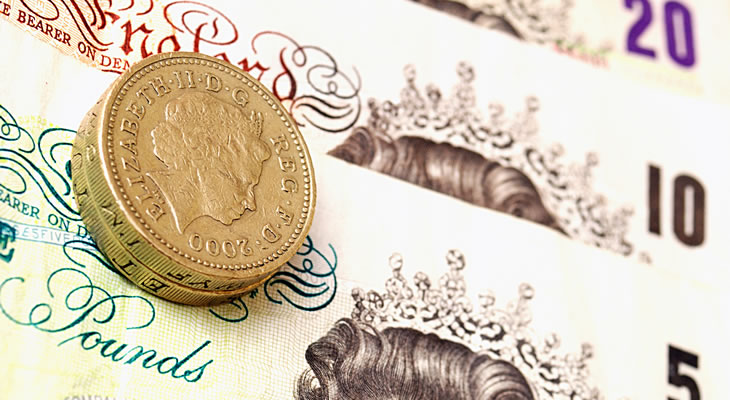GBP/NZD Plummets on IMF Warnings
Despite sailing on optimistic UK CPI earlier today, the GBP/NZD pair has since plummeted over -150 pips and now trades around -0.6% down ,in the region of 2.0623.
With volatile pairs such as the weak Pound and the risky commodity-correlated New Zealand Dollar, global ecopolitical news and currency cross-flows can easily reverse a rally.
The International Monetary Fund (IMF) seems to have hurt sentiment towards European currencies, especially the Pound, with its latest statements. The group warned that a ‘Brexit’ could harm Europe and the global economy and lowered its forecasts for the global economy.
With the global economy currently hindering ‘safe-haven’ currencies like the US Dollar by pushing back US rate hike expectations, many investors may be seeking riskier commodity currencies like the ‘Kiwi’ in response.
Earlier…
- Britain Releases Promising CPI – Consumer Price Index up by at least 0.2% in all prints
- Tata Steel Deals Progress – Greybull Capital agrees to purchase Scunthorpe plant
- Rising Risk Boosts NZD – Sterling gain softened by risk-on investors
- Forecast: GBP/NZD To Move on Risk – Volatile pair fluctuates on middling risk-sentiment
After its near-year lows last week, the GBP/NZD exchange rate has been attempting to rally and recover but remains close to the week’s opening levels of 2.0755 as global ecopolitical news and domestic data don’t reveal a clear winner.
While the pair jumped during yesterday’s session and dropped first thing in today’s session, GBP/NZD currently sails up around 0.2% at 2.0790.
Optimistic UK Consumer Price Index (CPI) Improves Sterling’s (GBP) Chances
Britain’s key CPI report for March was released on Tuesday morning, marking a healthy hop in inflation in all prints. The month-on-month print released at 0.4% from February’s 0.2% and over forecasts of 0.3%.
As for the yearly figures, core CPI came in at an impressive 1.5%, 0.3% up from February’s 1.2%, with the non-core report scoring 0.5% over the previous figure of 0.3%.
While this is inflation’s highest point since December 2014, the key figure still has a ways to go before it reaches the Bank of England’s (BoE) target of 2.0% inflation.
The Office for National Statistics also claims that other factors, such as air fares, are partially responsible for the bullish numbers. They summarised the situation in the following terms:
‘The rate has increased gradually since October 2015 although is still relatively low in the historical context.
Rises in air fares and clothing prices were the main contributors to the increase in the rate between February and March 2016.
These upward pressures were partially offset by a fall in food prices and a smaller rise in petrol prices than a year ago.’
Analysts also doubt that this increase will lead to short term or long term rate hikes.
However, other positive news inspired Sterling as investors reacted to hopeful steel industry news. Indian steel production company Tata Steel has begun sale of its UK business, which has already resulted in one of its biggest UK plants being purchased by Greybull Capital.
Data-Lite New Zealand Dollar (NZD) Boosted by Global Commodity Sentiment
Proving that the Pound is still comparatively volatile and weakened, the uninspired New Zealand Dollar has still been able to keep GBP/NZD from climbing too high.
Aside from Monday’s retail card spending report, which released at 0.1% from February’s 0.7%, and this morning’s REINZ house sales data printing at a more positive 8.2% over 5.7%, the ‘Kiwi’ has not had any data to move it so far this week.
Instead, progress in the oil commodity crisis has been encouraging riskier movements in investors after last week’s risk-off attitude took hold of the forex market.
The price of one of the world’s most influential commodities has been struggling for over a year, but this Sunday’s upcoming OPEC meeting could see the asset recover.
The group’s member nations are expected to make an ‘oil production freeze’ agreement that will cap oil production to improve prices and demand. Members remain optimistic that an agreement can be reached, inspiring bullish commodity-related movements in the forex market.
This news has been slightly offset by news that China’s inflation and growth outlooks may be worsening, with CPI printing below 2.4% expectations at 2.3%, and the IMF predicting slowed economic growth of 6.7% in 2016. This, alongside ongoing tax haven concerns, has prevented risk-on attitudes from coming out in full force.
Pound Sterling to New Zealand Dollar Exchange Rate Forecast: GBP/NZD to Fall if Risk Appetite Increases
With Wednesday looking to be barren for both UK and New Zealand datasets, investors are likely to continue readjusting and settle on the GBP/NZD pair in reaction to today’s British CPI scores. New Zealand’s performance of manufacturing index data is also due early Thursday morning in the European session.
The biggest potential for GBP/NZD movement in the coming day is the slew of United States datasets, which will be commanding considerable investor attention for most of this week.
As the success of the US economy is one of the biggest factors towards shifts in risk-sentiment, these could be the releases to watch this week.
Of particular note is the run of Federal Reserve policymakers due to speak over the coming days. A continuation of Chairwoman Janet Yellen’s cautious tone towards interest rate hikes is likely to cause considerable risk-on movement.
The Pound Sterling to New Zealand Dollar (GBP/NZD) exchange rate currently trends around 2.0790 while the New Zealand Dollar to Pound Sterling (NZD/GBP) exchange rate trends in the region of 0.4810.



Comments are closed.